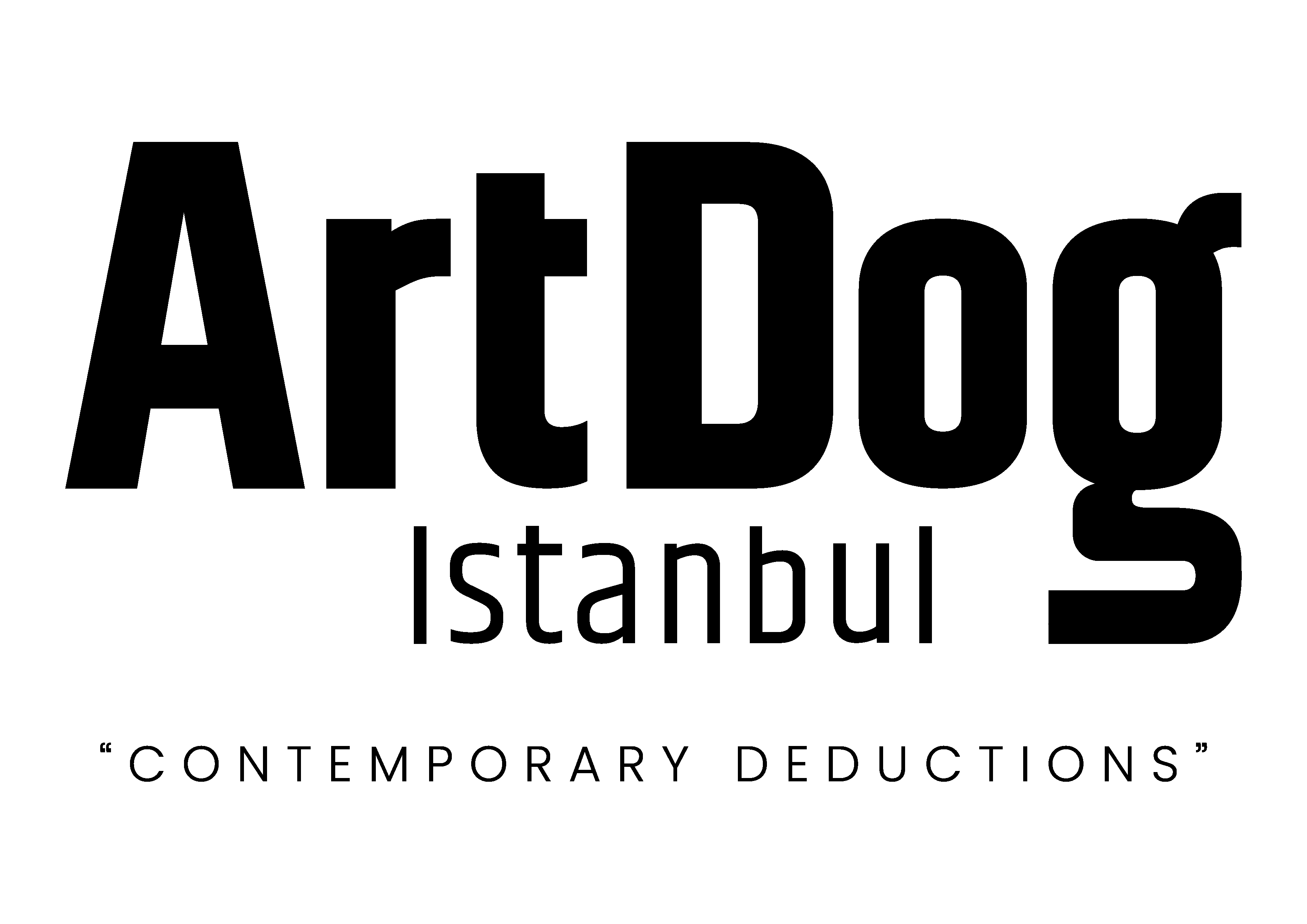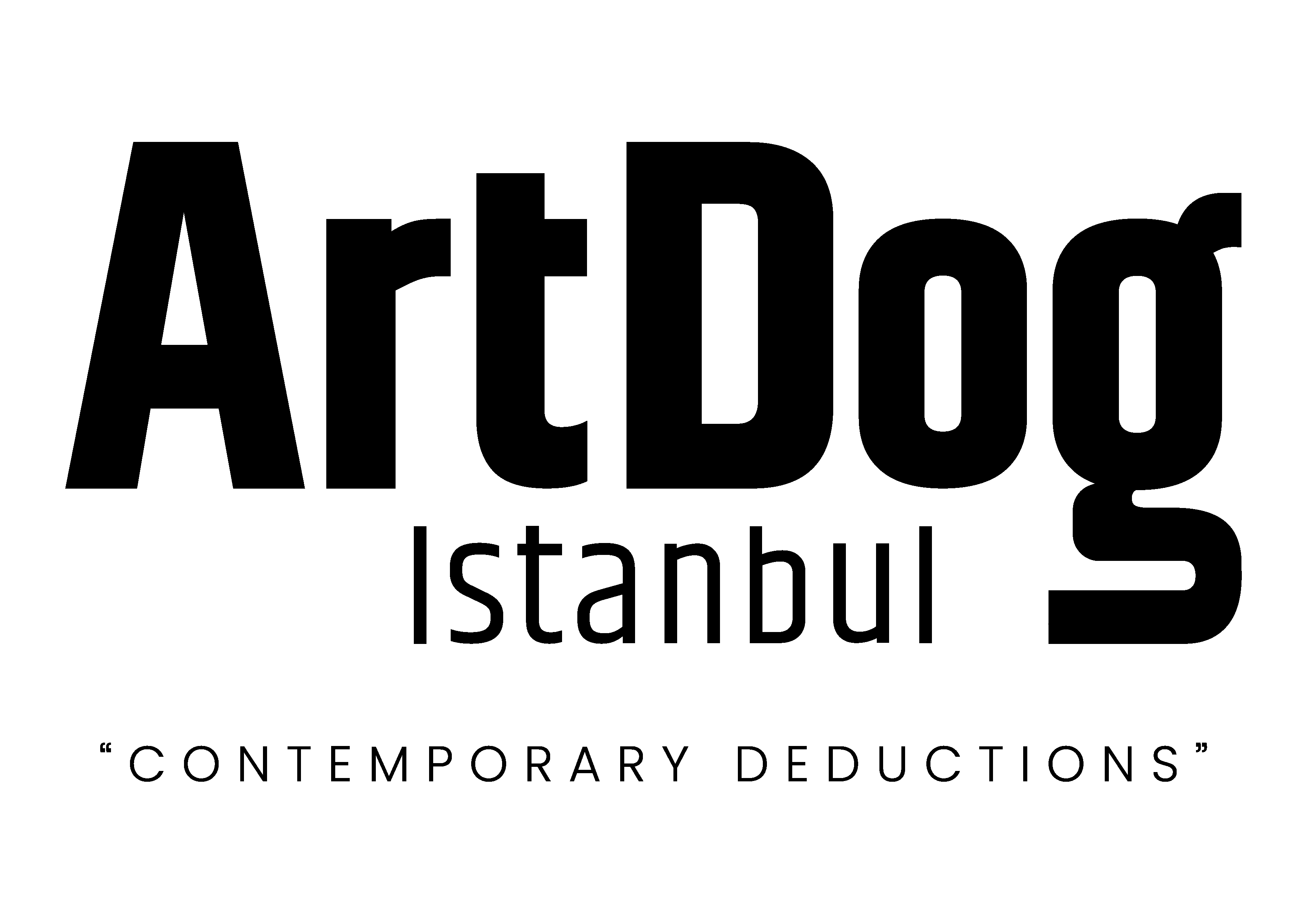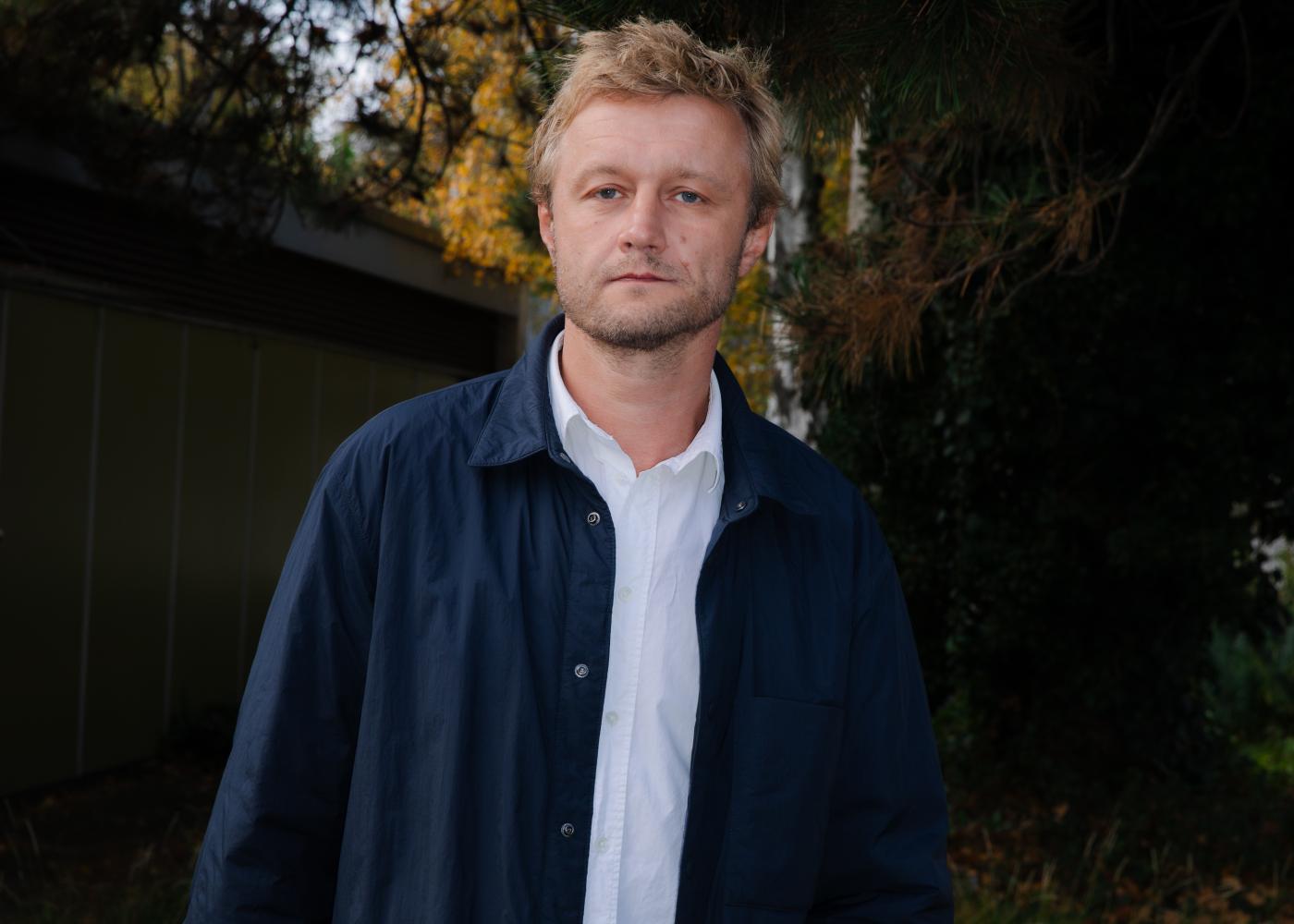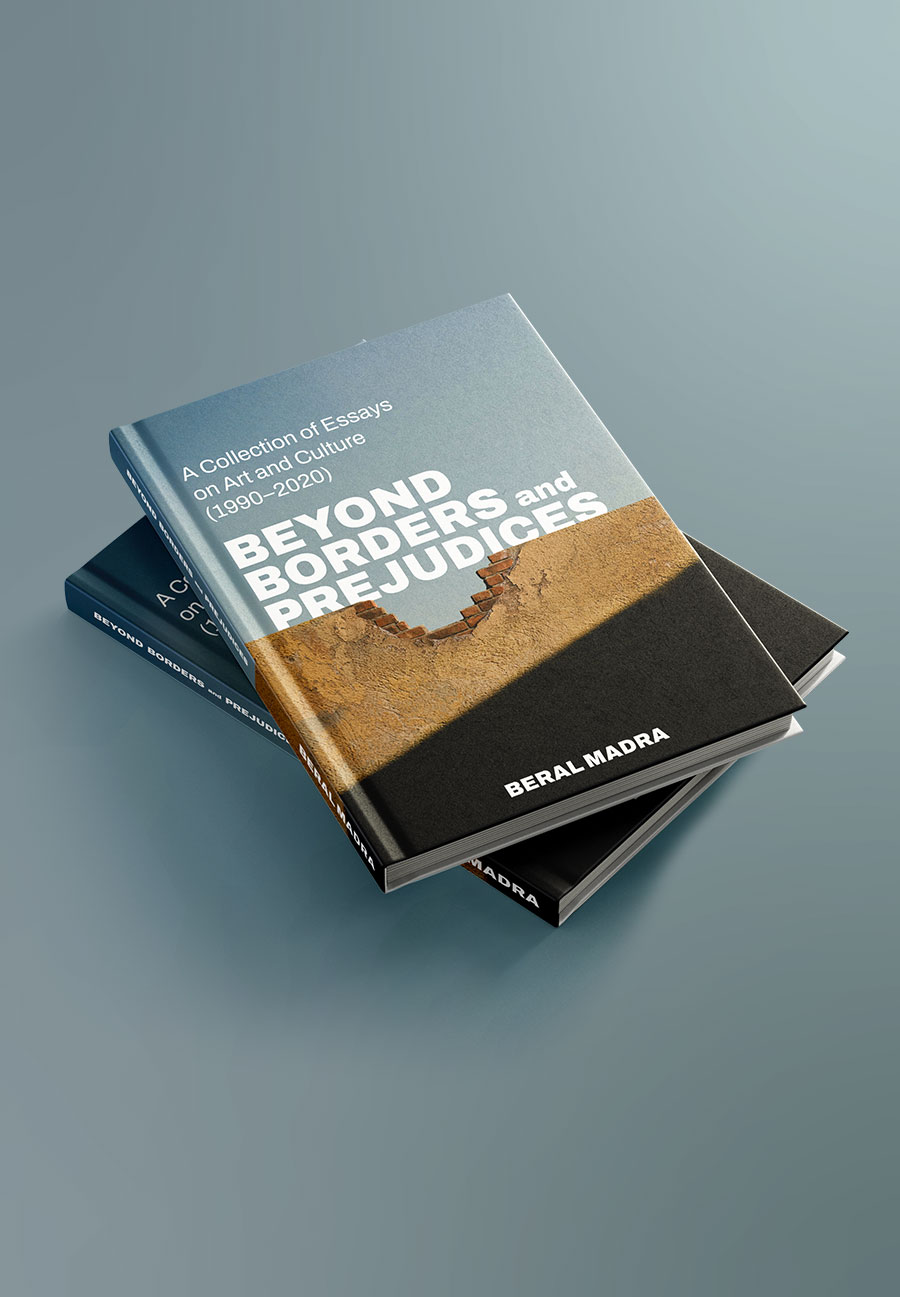This year, the 13th Seoul Media City Biennale is held under the theme “Séance: Technology of the Spirit,” redefining art as a field of knowledge that comes into contact with the invisible. The exhibition explores the relationship between contemporary art and intuition, belief, and experience at the intersection of spirit, technology, and science.
The Biennale, which has been organized biennially since 2000, is one of Asia’s most established and intellectually ambitious events. Known for its focus on digital culture, media technologies, and urban life, this edition turns in a completely new direction: toward the knowledge of the unseen. This shift reopens the ancient debate between art and science—between intuition and reason—through contemporary forms. Curated by Anton Vidokle, Hallie Ayres, and Lukas Brasiskis, the 13th edition proposes an alternative perspective that reads art history as a “spiritual science.”
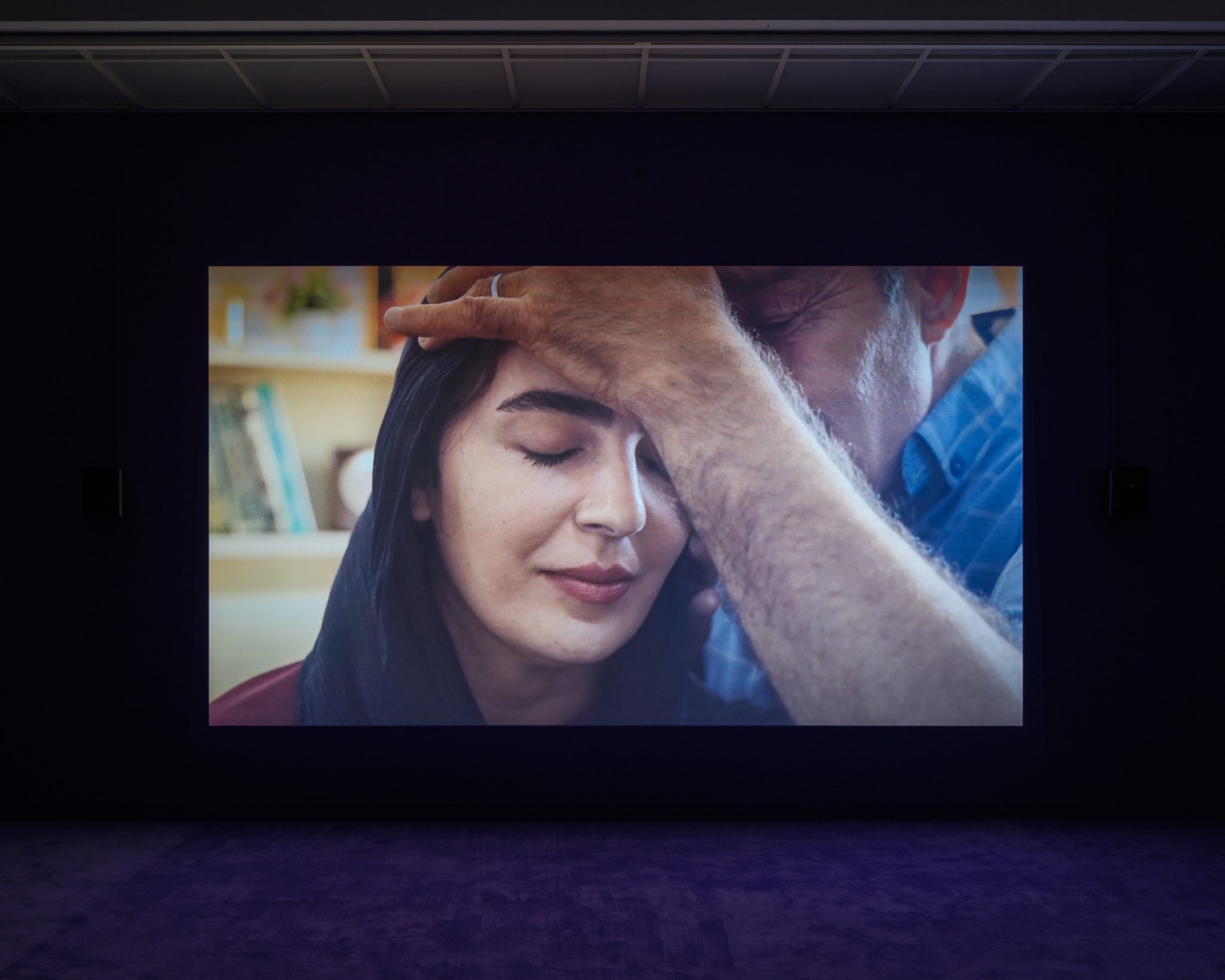
The Spiritual Science of Art
At the core of the Biennale lies a conceptual framework that views art as a type of spiritual inquiry. Early works that shape this lineage include Rudolf Steiner’s blackboard drawings illustrating his concept of “spiritual science” (anthroposophy), Hilma af Klint’s abstract paintings produced with the guidance of spirit entities, Emma Kunz’sgeometric drawings channelling healing energies, and Sister Corita Kent’s political-religious prints from the 1960s.
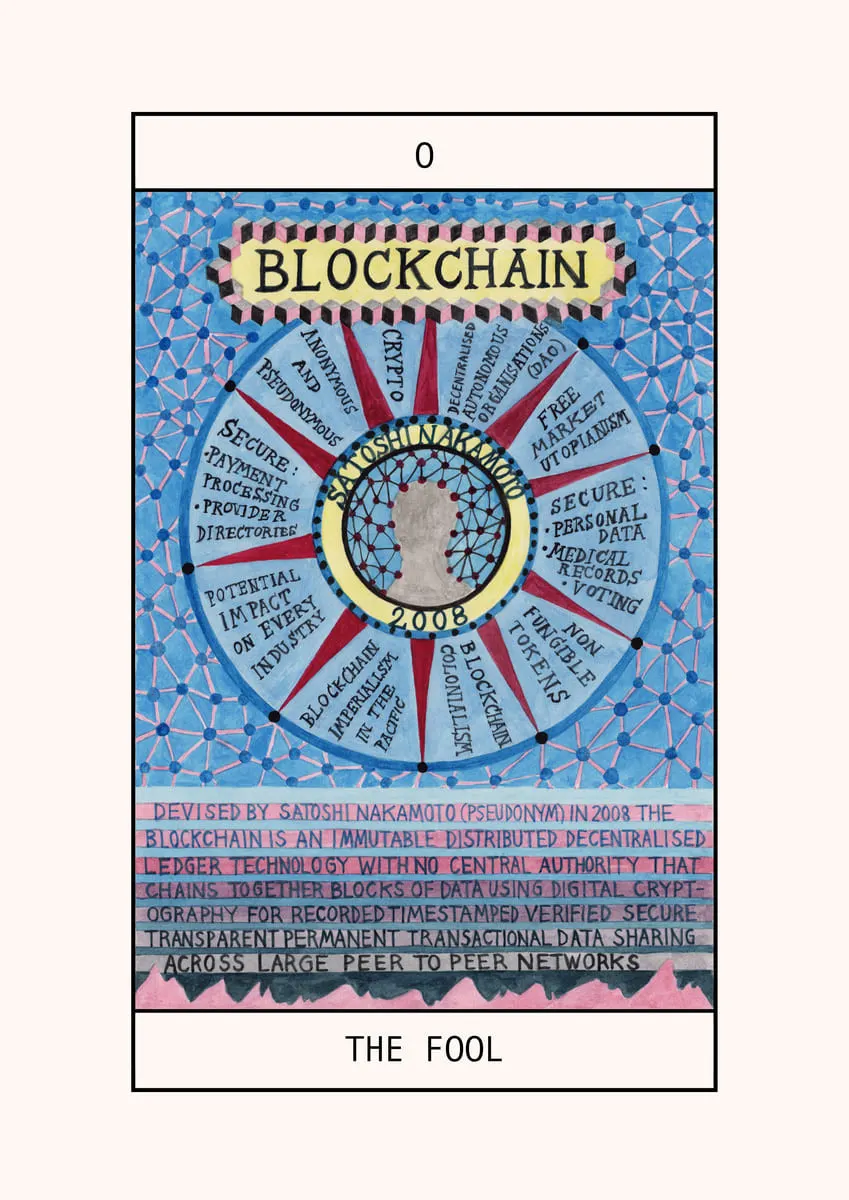
78 archival pigment prints on Innova paper, each 42.1 × 29.8 cm.
Printing and installation: SAA.
Reproduction supported by the 13th Seoul MediaCity Biennale and British Council Korea.
Through these historical references, the curators revive the idea that abstract art was not merely an aesthetic rupture but a spiritual revolution. Onisaburō Deguchi’s ceramics, shaped through prayer, are interpreted as “everyday forms of the divine,” while Suzanne Treister’s HEXEN 5.0 series treats blockchain technology as a kind of modern tarot deck. The Biennale’s central point emerges here: the possibility that the spiritual world can be reconstructed through the tools of the contemporary world.
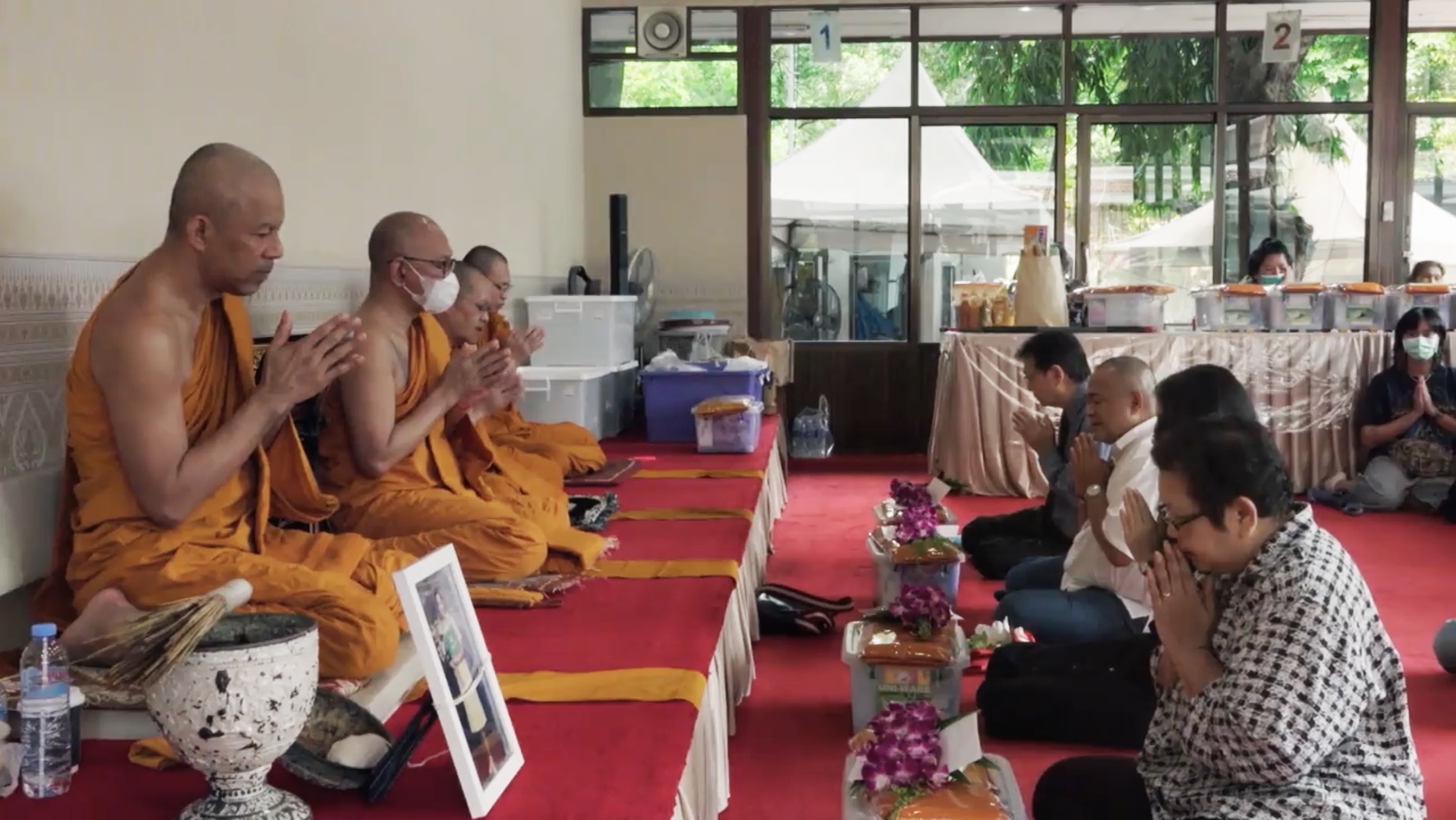
The Politics of the Unseen
As always, the Seoul Media City Biennale approaches technology’s impact on society through a political lens—but this time, it examines the politics of the invisible. In Hiwa K’s You Won’t Feel a Thing (2025), the sterile environments of modern medicine collide with the intuitive methods of folk healing, highlighting the tension between spiritual knowledge and scientific rationality. Thai filmmaker Anocha Suwichakornpong’s Narrative (2025) reimagines the 2010 democracy protests through Buddhist rituals, memory, and the idea of justice.
Together, these works encapsulate the Biennale’s overall approach: an art practice that questions the limits of rationality and makes space for intuition, the body, and the spirit. “Séance: Technology of the Spirit” is therefore not only an exhibition that invokes the unseen. It is also a space that searches for an answer to the question of what contemporary art can believe in.



